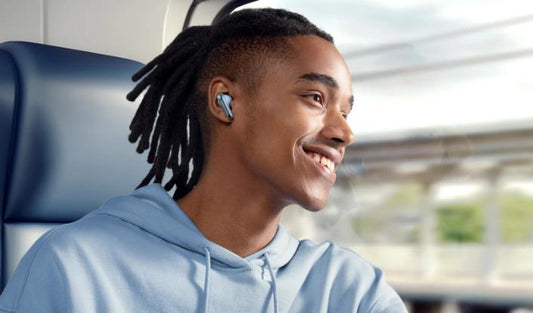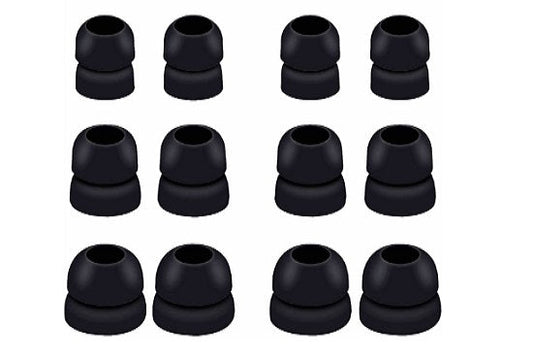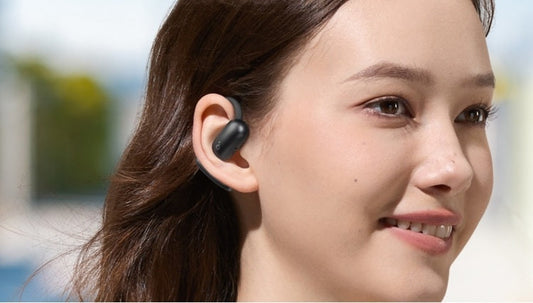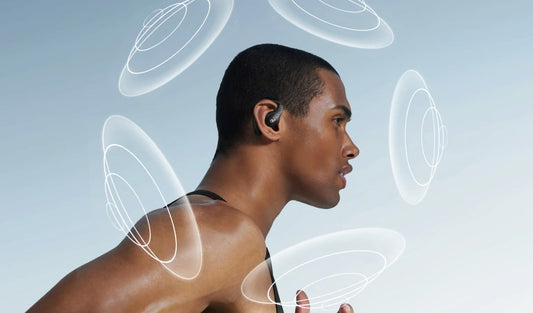Earbuds Blog

Best Wireless Earbuds: 2025's Top Choices
Looking for the best wireless earbuds can be a game-changer for your daily listening experience. Whether you’re commuting, working out, or just relaxing at home, having high-quality earbuds can make...
Best Wireless Earbuds: 2025's Top Choices
Looking for the best wireless earbuds can be a game-changer for your daily listening experience. Whether you’re commuting, working out, or just relaxing at home, having high-quality earbuds can make...

Replacement Earbud Tips in 2025: Our Recommenda...
Finding the right replacement earbud tips for your earpiece could be an arduous task at first sight. But it doesn’t really have to be this way, and you can find...
Replacement Earbud Tips in 2025: Our Recommenda...
Finding the right replacement earbud tips for your earpiece could be an arduous task at first sight. But it doesn’t really have to be this way, and you can find...

The 8 Most Comfortable Earbuds for 2025: Comfor...
When it comes to choosing the right earbuds, comfort is often a top priority. Whether you're working out, commuting, or winding down for a good night's sleep, your earbuds should...
The 8 Most Comfortable Earbuds for 2025: Comfor...
When it comes to choosing the right earbuds, comfort is often a top priority. Whether you're working out, commuting, or winding down for a good night's sleep, your earbuds should...

How Long Do Earbuds Last in 2025
Your Bluetooth earbuds’ batteries will eventually stop being able to be charged, even if they don't physically break. There is no nefarious corporate scheme behind this. Over time, all rechargeable...
How Long Do Earbuds Last in 2025
Your Bluetooth earbuds’ batteries will eventually stop being able to be charged, even if they don't physically break. There is no nefarious corporate scheme behind this. Over time, all rechargeable...

The Future of Listening: Best Earbuds with Spat...
Gone are the days when immersive audio was a luxury of high-end cinemas or home theaters. Now, you can experience the same three-dimensional sound effects right on your smartphones, thanks...
The Future of Listening: Best Earbuds with Spat...
Gone are the days when immersive audio was a luxury of high-end cinemas or home theaters. Now, you can experience the same three-dimensional sound effects right on your smartphones, thanks...

Discover the Best Waterproof Earbuds in 2025 fo...
When it comes to combining music and an active lifestyle, having a pair of good waterproof earbuds is essential. Whether you're hitting the gym, running in the great outdoors, or...
Discover the Best Waterproof Earbuds in 2025 fo...
When it comes to combining music and an active lifestyle, having a pair of good waterproof earbuds is essential. Whether you're hitting the gym, running in the great outdoors, or...